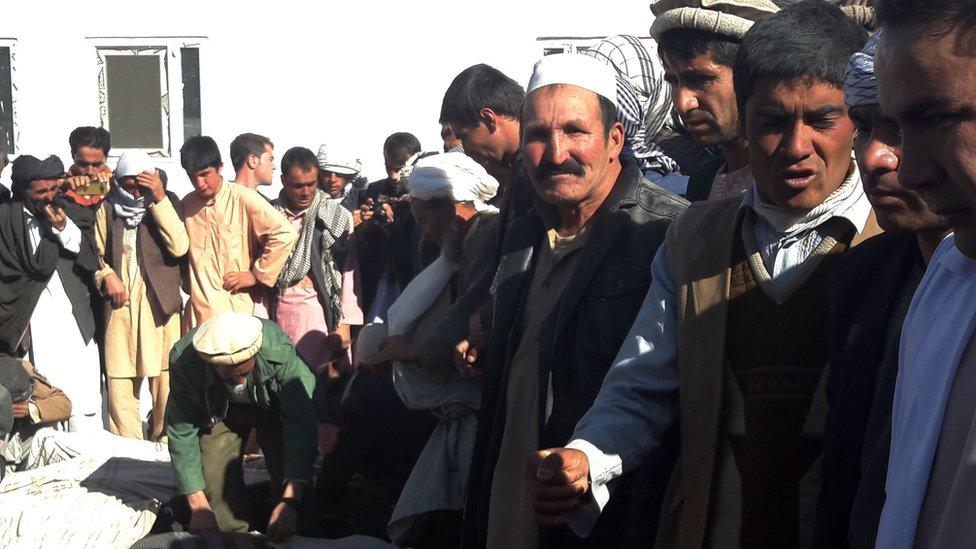'Afghan Girl': National Geographic star denied bail
- Published
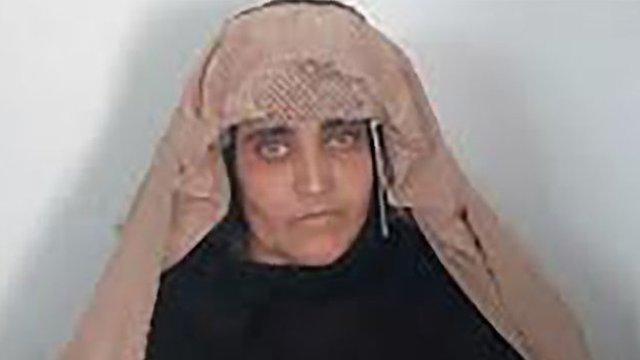
Sharbat Gula, the "Afghan Girl", pictured ahead of a court hearing in Peshawar
An Afghan woman immortalised on the cover of National Geographic magazine has been denied bail after being arrested on fraud charges.
Sharbat Gula, whose haunting green eyes made her famous, fled Soviet-occupied Afghanistan as a child and was pictured in 1984 in a refugee camp in Pakistan.
Mrs Gula has been accused of living in Pakistan on fake identity papers and faces up to 14 years in jail.
Pakistan recently launched a crackdown on fake IDs.
There are strict restrictions to getting a Pakistani ID card, external, which is needed for opening a bank account or to buy property.

Why Now?: M Ilyas Khan, BBC News, Islamabad
Technically, Sharbat Gula cannot deny she committed fraud. But on a humanitarian level, many believe she is just one among thousands of Afghan refugees who committed the same offence.
Unfortunately for Mrs Gula, she has become the victim of a rather sudden turn in Pakistan's policy towards refugees. It wants them out of the country in the shortest possible time.
Pakistan's decision has come amid its rapidly deteriorating relations with India and Afghanistan. Officials say militants have been using hideouts in refugee settlements to launch attacks in Pakistan.
Another reason, according to some quarters, may be Islamabad's likely desire to inflict economic pain on Kabul for co-operating with India.

Mrs Gula was arrested in Peshawar, near the Afghan border after a two-year investigation.
She allegedly applied for an identity card in April 2014, using the name Sharbat Bibi.
On Sunday Pakistan's Interior Minister Chaudhry Nisar Ali Khan said she should be granted bail, but a judge denied her application, saying she had failed to make her case.
If the fraud claims are true, she is one of thousands of Afghan refugees deploying desperate measures to avoid returning to their war-torn homeland.
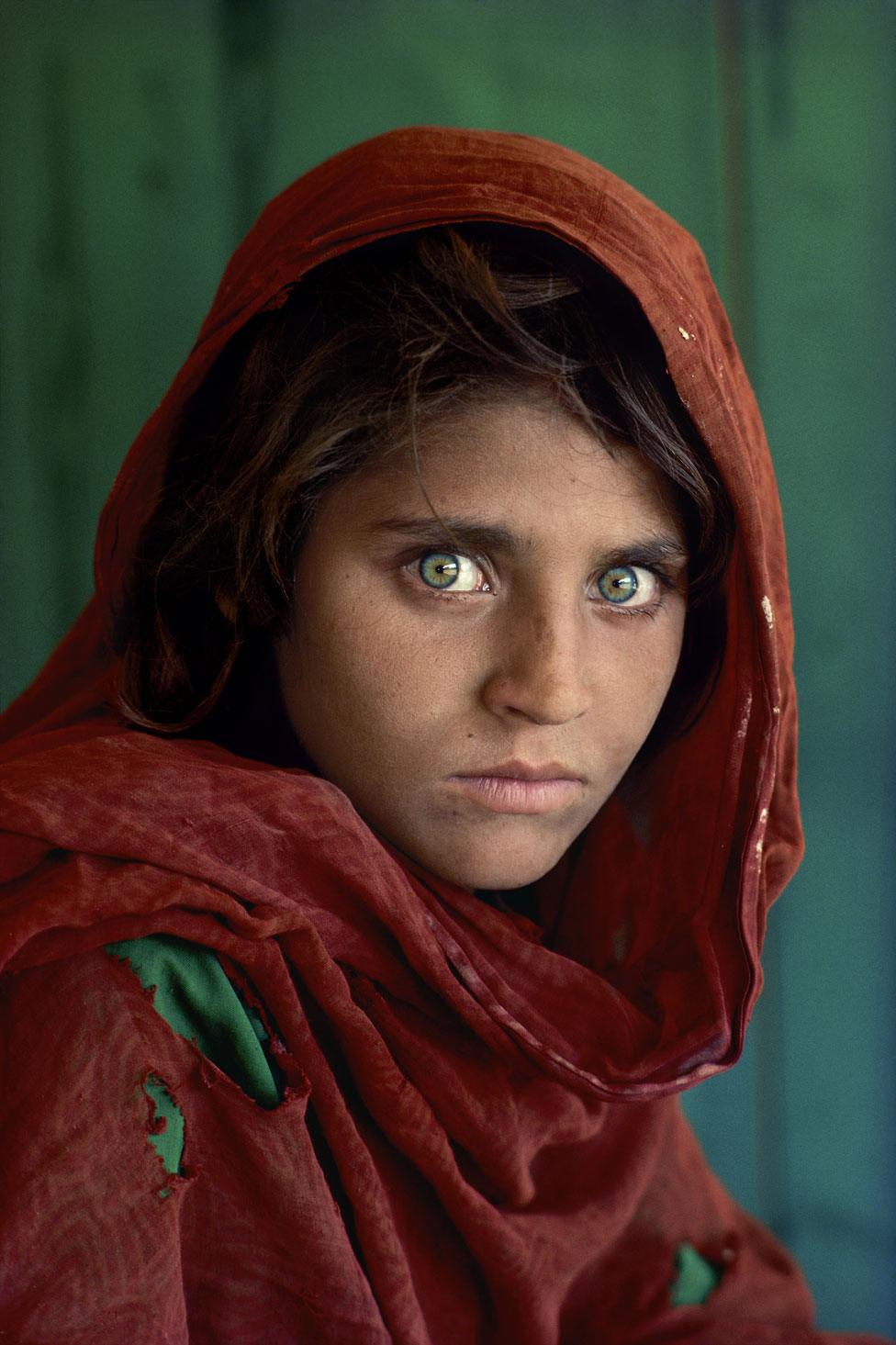
Sharbat Gula was 12 years old when the famous photo was taken
The celebrated "Afghan girl" picture was taken by photographer Steve McCurry in 1984 in a refugee camp in north-west Pakistan, during the Soviet occupation of Afghanistan. It led to one of the most recognisable magazine covers ever printed.
He tracked her down, external 17 years later, living in the Tora Bora region of Afghanistan. Mrs Gula later moved back to Pakistan and he kept in touch.
He told BBC Newsday on Wednesday that he had hired a lawyer for her.
He added that he believed the Pakistani authorities may have singled her out because she is so well known.
"Perhaps they are trying to send the message to other Afghan refugees that 'we couldn't care who you are, we are going to hunt you down and drive you back into your country'."
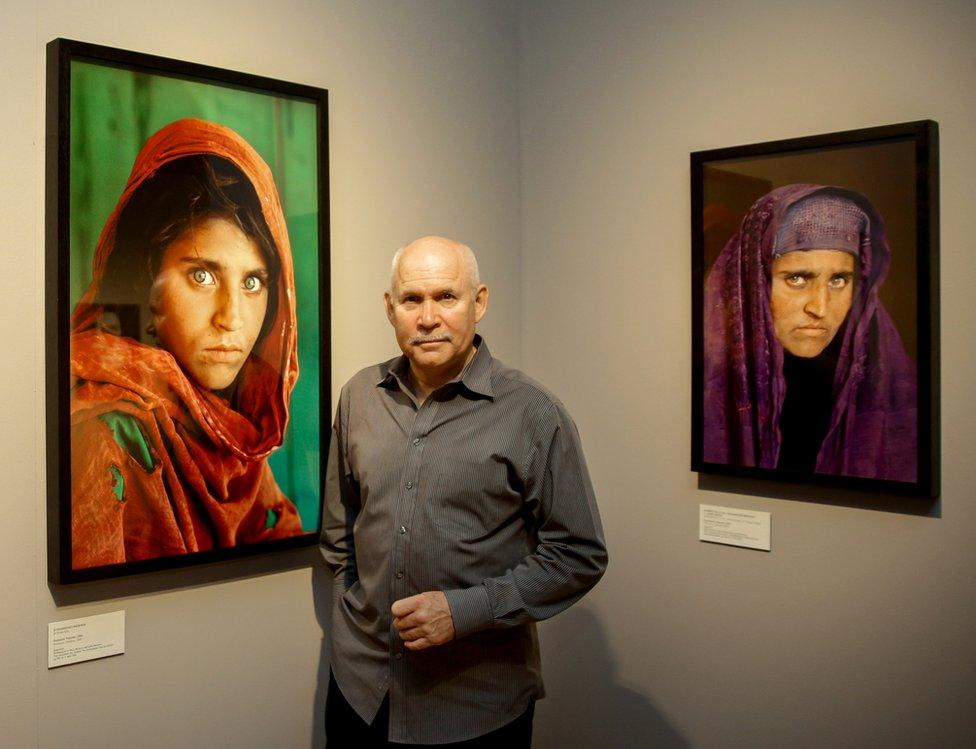
Sharbat Gula was famously photographed by Steve McCurry (pictured) - who tracked her down again 17 years later
Recent UN figures show that Pakistan hosts 1.4 million registered Afghan refugees. A further one million unregistered refugees are believed to be in the country.
Pakistan recently started cracking down on fake IDs.
It has been illegal for non-Pakistanis to have IDs since they were first issued in the 1970s but the law was not enforced, says our reporter M Ilyas Khan in Islamabad.
At first, the procedure was for a village council member to endorse a citizen's application. Few village councillors objected to endorsing an application for someone who, to them and to the rest of the village, was no longer a refugee but a neighbour, he adds.
- Published30 October 2016

- Published26 October 2016
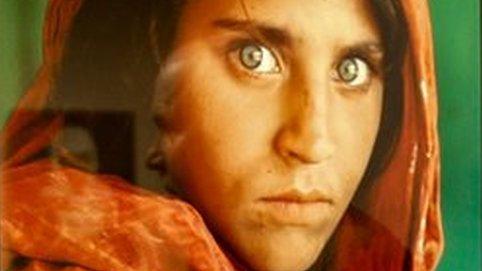
- Published12 October 2016
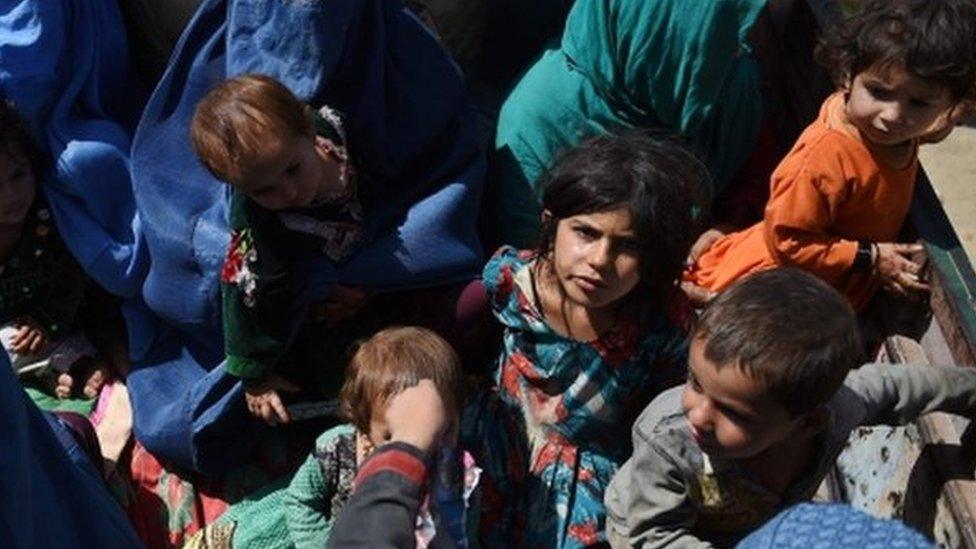
- Published26 October 2016
